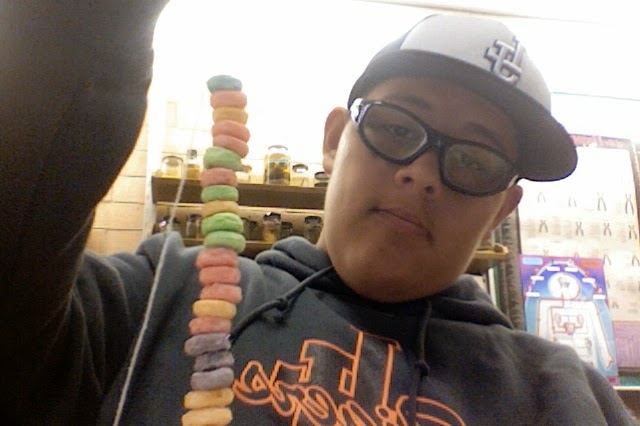Carbohydrate Identification Lab Analysis Questions
Use your results from the carbohydrate identification lab and any notes or resources about carbohydrates to answer the following questions:
- Name the three categories of carbohydrates studied in this investigation.
spray starch, corn starch, and monster energy
- What three chemical elements are present in all carbohydrates?
there is di in the monster energy and poly in the spray starch
- Give two examples each of the names of sugar molecules from our discussion or the textbook/online that are:
- Monosaccharides:glucose, fructose
- Disaccharides:lactose, maltose
- Polysaccharides:starch, glycogen, and cellulose
- How many times larger is the number of hydrogen atoms than oxygen atoms in:
- water?- it is 2 times larger
- carbohydrates?- it is 2 times larger
- “Mono” means one, “di” means two, and “poly” means many. Why are these terms used in describing the three types of sugars?
- How can you tell by using Benedict’s and iodine solutions if a sugar is a
- Monosaccharide?- it will turn orange bet with and iodine it will have no effect
- Disaccharide?- you can tell if it is a disaccharide when there is no change with either iodine of the benedicts solutions
- Polysaccharide?- when you use benedicts it will have no effect but with the iodine it will turn black
- A certain sugar has no change in color when tested with Benedict’s solution.
- Can you tell what type of saccharide it is?- it is the di and the poly
- Explain.- it has to be theres to because they are the only ones that react to the iodine solution
- A certain sugar has a color change in Benedict’s solution.
- Can you tell what type of saccharide it is?- mono
- Explain.- it has to be a mono because it is the only one that reacts to the benedicts solution
- Give a examples of foods that contain
- Monosaccharides-honey,
- Disaccharides-monster energy,sugar beets, trehalose
- Polysaccharides-flaxseeds, pumpkin seeds, potatoes, corn, and beets

